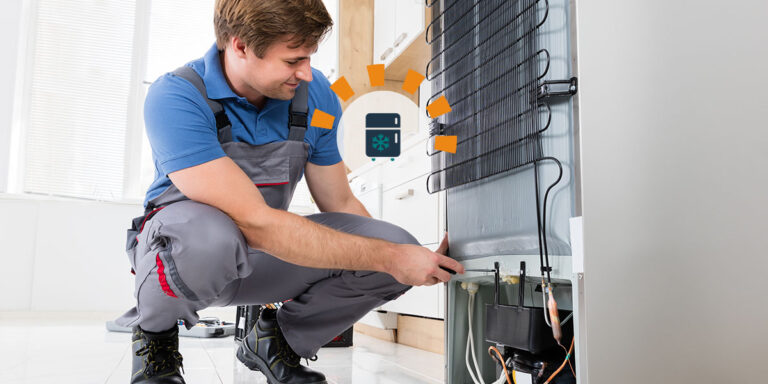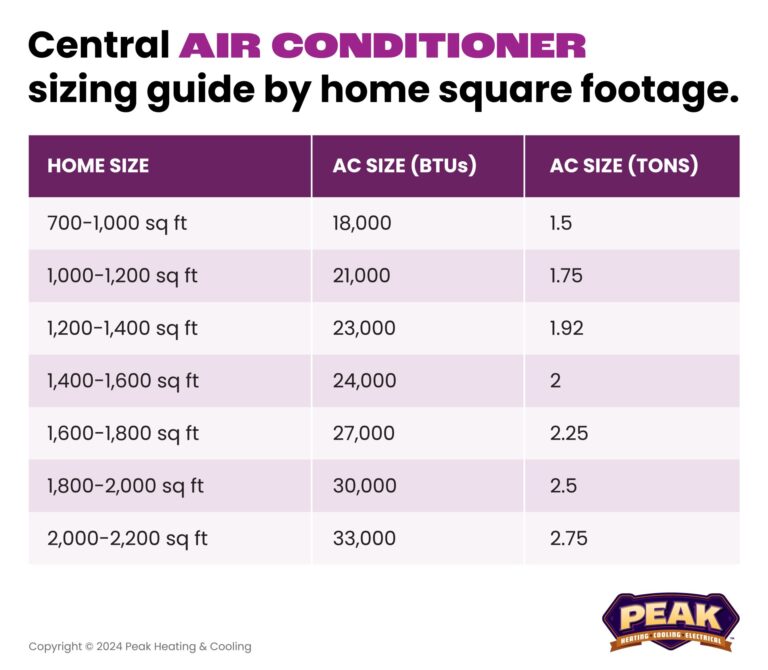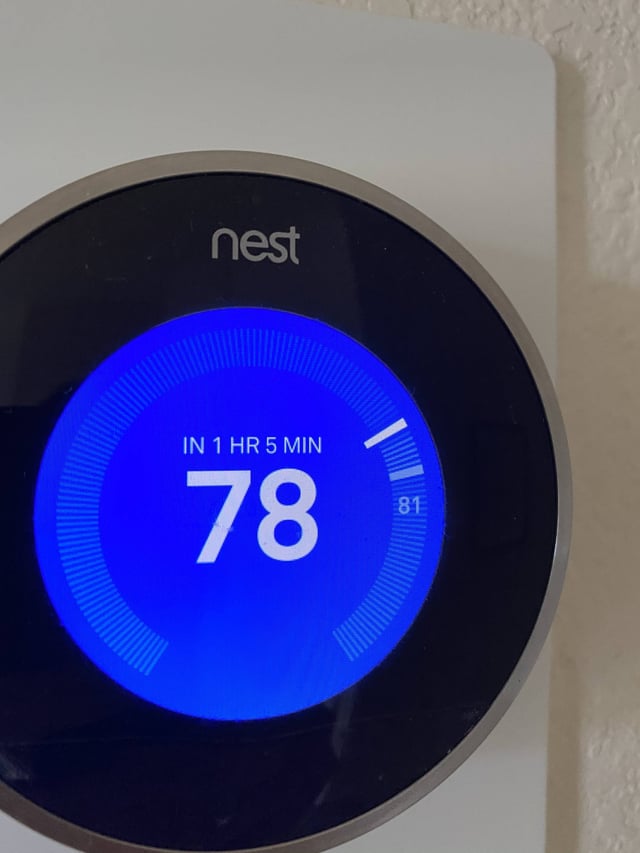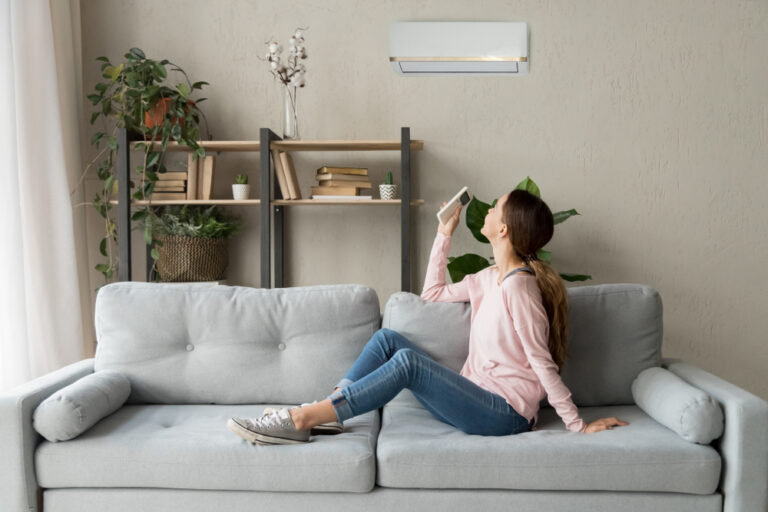How Often Should I Drain My Portable Air Conditioner? Expert Tips
Drain your portable air conditioner every 8 hours or as needed based on humidity levels. Always check the user manual for specific instructions.
Maintaining your portable air conditioner is essential for its longevity and efficiency. Regularly draining the unit prevents water overflow and reduces mold growth. High humidity levels can cause the tank to fill up quickly, requiring more frequent draining. Proper maintenance also ensures optimal cooling performance and energy efficiency.
Ignoring the water tank can lead to operational issues and increased wear. Always monitor the water level indicator and follow the manufacturer’s recommendations. By keeping the unit clean and dry, you ensure a comfortable and healthy indoor environment. Regular attention to your portable air conditioner extends its lifespan and keeps your space cool and pleasant.

Credit: www.rigidhvac.com
Importance Of Draining
Draining your portable air conditioner is crucial for its longevity. Regular draining prevents many common issues and keeps the unit efficient. Understand the importance of draining to make the most of your air conditioner.
Preventing Water Damage
Water can accumulate in your portable air conditioner. This can lead to leaks and water damage. Draining the unit regularly prevents these issues. Water damage can harm your floors and walls. It can also damage the air conditioner itself.
- Regular draining avoids leaks.
- Prevents damage to floors and walls.
- Protects the air conditioner from internal damage.
Ensuring Optimal Performance
A well-drained air conditioner performs better. Optimal performance means better cooling and energy efficiency. A unit full of water works harder and uses more energy. Regular draining helps maintain the unit’s efficiency.
| Benefits | Details |
|---|---|
| Better Cooling | Consistent and effective temperature control |
| Energy Efficiency | Lower energy consumption |
| Longer Lifespan | Reduced wear and tear on the unit |
Draining your portable air conditioner helps maintain its performance. Regular maintenance keeps the unit working efficiently. Ensure you check the water levels and drain as needed.
Signs Your Unit Needs Draining
Draining your portable air conditioner is crucial for its performance. Neglecting this can cause issues. Here are signs indicating your unit needs draining.
Excessive Moisture
If you notice water pooling around your air conditioner, it needs draining. This moisture can lead to mold and mildew. Look for dampness on floors or walls near the unit. Excessive moisture may also cause a musty smell. Keep an eye out for these signs to prevent damage.
Unusual Noises
Listen for strange sounds from your air conditioner. Gurgling or bubbling noises suggest water buildup. These sounds mean the unit is struggling to function. Ignoring these noises can lead to bigger problems. Regularly check and drain your unit to avoid this.
Here is a table to summarize the signs:
| Sign | Description |
|---|---|
| Excessive Moisture | Water pooling, damp floors, musty smell |
| Unusual Noises | Gurgling, bubbling sounds |
Keep your portable air conditioner in top shape. Watch for these signs. Draining your unit helps it run efficiently.
Factors Affecting Drain Frequency
Many factors impact how often you should drain your portable air conditioner. Understanding these factors helps you keep your unit running smoothly. This section covers the main elements affecting drain frequency.
Humidity Levels
Humidity levels in your area greatly affect how often you need to drain your portable air conditioner. High humidity means more moisture in the air. Your air conditioner collects this moisture and stores it in its tank.
In regions with high humidity, you might need to drain the unit daily. In drier areas, you may only need to drain it weekly. Always check the water tank regularly to avoid overflow.
Usage Patterns
Your usage patterns also influence the drain frequency. If you use your portable air conditioner continuously, the tank fills up faster. On the other hand, if you use it occasionally, the tank takes longer to fill.
Consider the number of hours the unit runs daily. Longer usage times mean more frequent draining. Track your usage to set a drain schedule that fits your needs.
| Factor | Effect on Drain Frequency |
|---|---|
| High Humidity | Daily Draining |
| Low Humidity | Weekly Draining |
| Continuous Use | More Frequent Draining |
| Occasional Use | Less Frequent Draining |
- Check the water tank regularly.
- Monitor local humidity levels.
- Track your air conditioner usage.
By understanding these factors, you can maintain your portable air conditioner effectively. This ensures it works efficiently and lasts longer.
Credit: www.quora.com
Recommended Drain Intervals
Knowing when to drain your portable air conditioner is crucial. It keeps your unit running smoothly. Below are recommended drain intervals to help you.
Daily Draining
Daily draining is essential in humid conditions. This prevents water buildup. Humid environments cause more condensation. Draining daily ensures efficient operation.
- Check the water tank every day.
- Empty the tank if it’s full.
- Use a hose for continuous drainage if possible.
Weekly Draining
Weekly draining works in less humid areas. This keeps your air conditioner efficient. Check the water level weekly.
- Inspect the water tank once a week.
- Drain the tank if it’s half full.
- Clean the tank to prevent mold growth.
| Condition | Drain Interval |
|---|---|
| High Humidity | Daily |
| Low Humidity | Weekly |
Methods For Draining
Draining your portable air conditioner is crucial for optimal performance. There are two primary methods: manual draining and continuous drainage. Each method offers unique benefits. Choose the one that best fits your needs.
Manual Draining
Manual draining involves physically removing the water from the unit. This method is straightforward but requires regular attention. Follow these steps to manually drain your portable air conditioner:
- Turn off and unplug the unit.
- Locate the drain plug, usually found at the back or bottom.
- Place a shallow pan or bucket under the drain plug.
- Remove the drain plug and allow the water to flow out.
- Replace the drain plug and reassemble the unit.
Manual draining is ideal for units in areas with low humidity. It helps ensure the unit operates efficiently.
Continuous Drainage
Continuous drainage is a more convenient option for those who prefer less maintenance. This method uses a hose to direct water out of the unit continuously. Here’s how to set it up:
- Turn off and unplug the unit.
- Attach a drain hose to the drainage port.
- Place the other end of the hose in a floor drain or suitable outlet.
- Ensure the hose is secure and free of kinks.
- Plug in and turn on the unit.
Continuous drainage is perfect for high-humidity areas. It eliminates the need for frequent manual draining.
| Method | Best For | Frequency |
|---|---|---|
| Manual Draining | Low-humidity areas | Every few days |
| Continuous Drainage | High-humidity areas | Continuous |
Tools And Accessories
Portable air conditioners need regular draining to ensure they work well. Draining prevents water buildup and keeps your unit efficient. Using the right tools and accessories makes this task easier. Here are some essential tools to help you drain your portable air conditioner.
Drain Hoses
Drain hoses are handy for continuous draining. They connect to the drain port of your air conditioner. This allows water to flow out easily. You need a hose that fits the drain port snugly.
- Flexible hoses are best for tight spaces.
- Long hoses are ideal if the drain is far away.
- Check the hose for any leaks regularly.
Using a drain hose saves time. It also reduces the need to empty a bucket frequently.
Buckets And Pans
Buckets and pans catch water from the air conditioner. They are simple but effective. You place them under the drain port to collect water.
| Type | Capacity | Material |
|---|---|---|
| Plastic Buckets | 1-5 gallons | Durable Plastic |
| Metal Pans | 2-4 gallons | Stainless Steel |
Choose a bucket or pan with enough capacity. This avoids frequent emptying. Ensure it is durable and leak-proof.
To summarize, having the right tools and accessories makes draining your portable air conditioner simple and efficient. Whether you use drain hoses or buckets, these items help keep your unit running smoothly.
Maintenance Tips
Proper maintenance of your portable air conditioner ensures it works efficiently. Regular care prevents issues and extends its life. Follow these tips for optimal performance.
Cleaning The Drain Port
The drain port can get clogged with debris and dirt. Clean it every month to avoid water build-up. Use a soft brush or cloth to wipe away any particles. A clean drain port helps prevent leaks and keeps the unit running smoothly.
Checking For Leaks
Leaks can cause damage to your air conditioner. Check for any signs of water around the unit. Inspect hoses and connections for any cracks or loose fittings. Tighten connections and replace damaged parts immediately. Keeping an eye out for leaks ensures your air conditioner stays in good condition.
Troubleshooting Common Issues
Portable air conditioners are handy, but sometimes they have problems. This guide helps fix common issues.
Water Leaks
Water leaks are common in portable air conditioners. They usually happen because of full tanks or clogged drains.
| Problem | Solution |
|---|---|
| Full Water Tank | Empty the tank regularly to avoid spills. |
| Clogged Drain Line | Check and clear the drain line to stop leaks. |
Clogged Drainage
A clogged drainage system can cause many problems. It may lead to water leaks and less cooling.
- Turn off the air conditioner.
- Remove the drain plug or hose.
- Clear any debris blocking the drain.
- Reassemble and test the unit.
Regular maintenance helps avoid these issues. Check the drainage system every month.
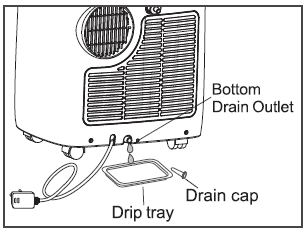
Credit: support.tcl.com
Frequently Asked Questions
What Happens If You Don’t Drain Your Portable Air Conditioner?
Not draining your portable air conditioner can cause water leakage, mold growth, and reduced cooling efficiency. Regular maintenance is crucial.
How Do I Know If My Portable Ac Needs To Be Drained?
Check for a full water indicator light or error code. Notice reduced cooling performance or unusual noises from the unit.
Is It Cheaper To Leave Portable Ac On All Day?
Leaving a portable AC on all day can increase electricity costs. It’s cheaper to use it only when needed.
Conclusion
Regularly draining your portable air conditioner ensures optimal performance and longevity. Check the unit’s manual for specific guidelines. Generally, draining once a week is advisable. Monitor humidity levels and adjust frequency as needed. Proper maintenance helps you enjoy a cool, comfortable space.
Keep your unit running efficiently for years to come.


